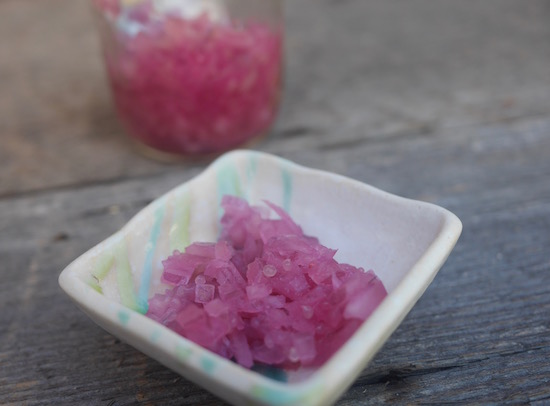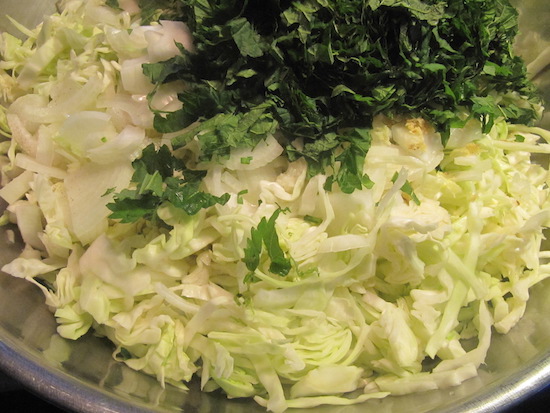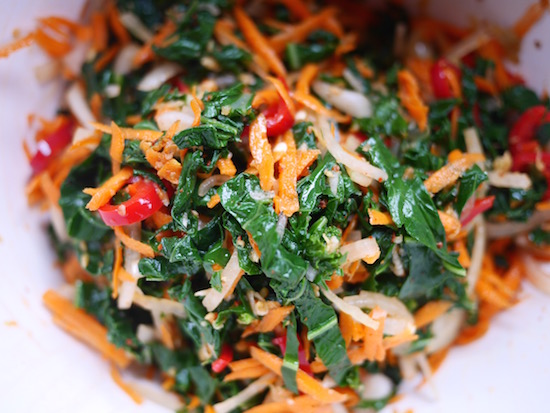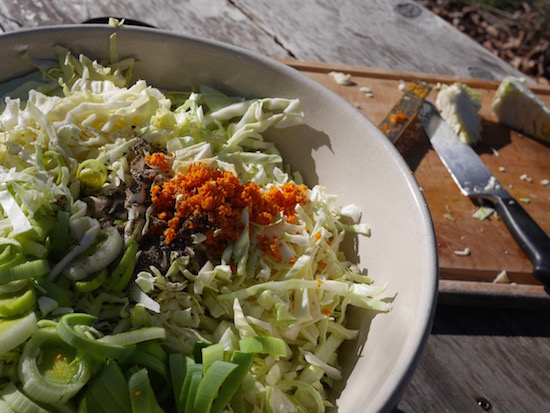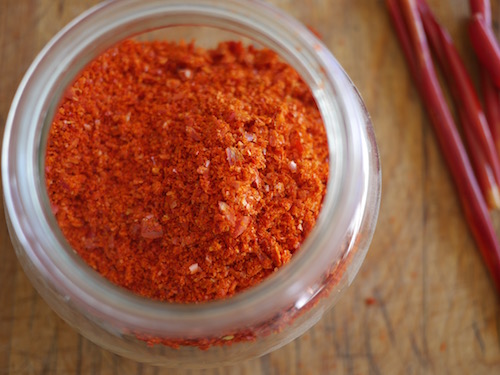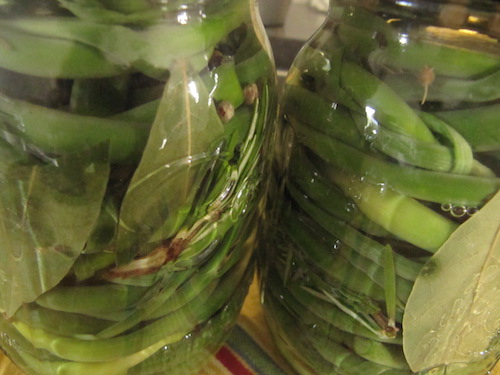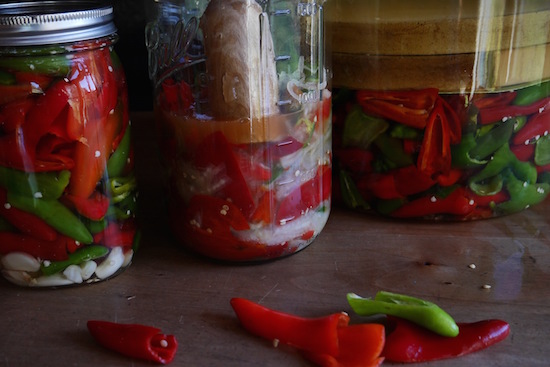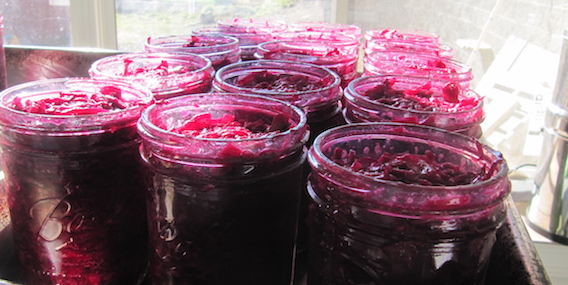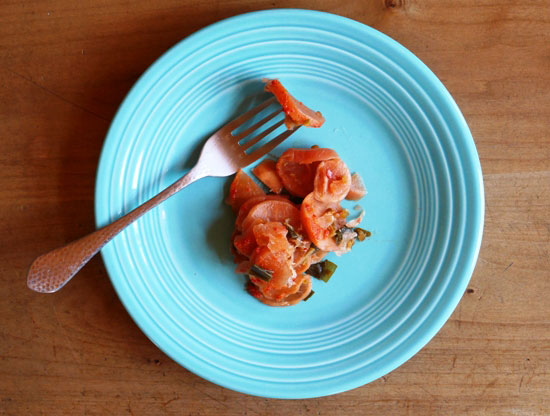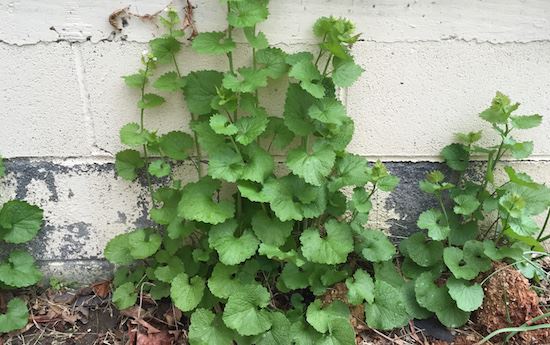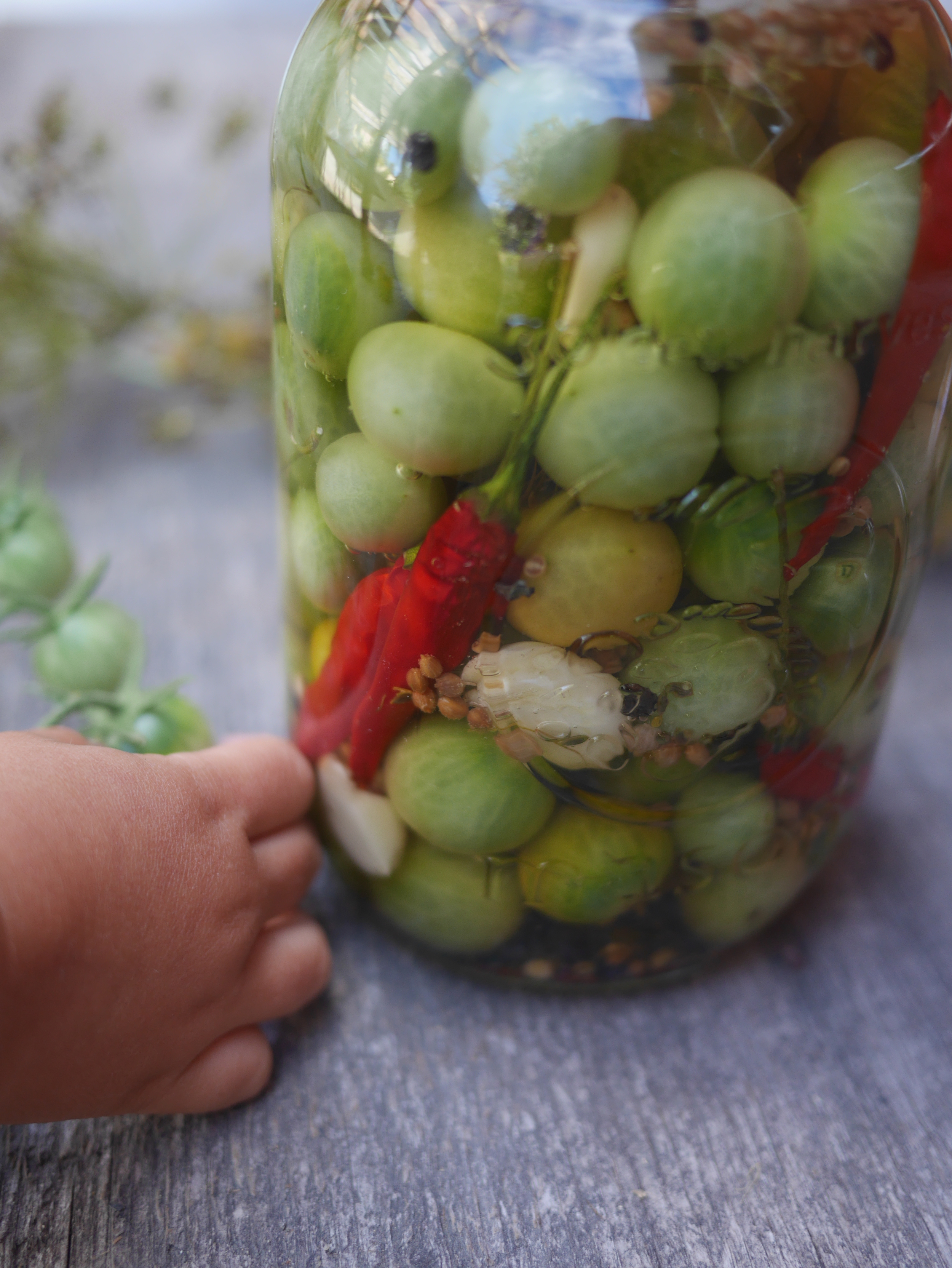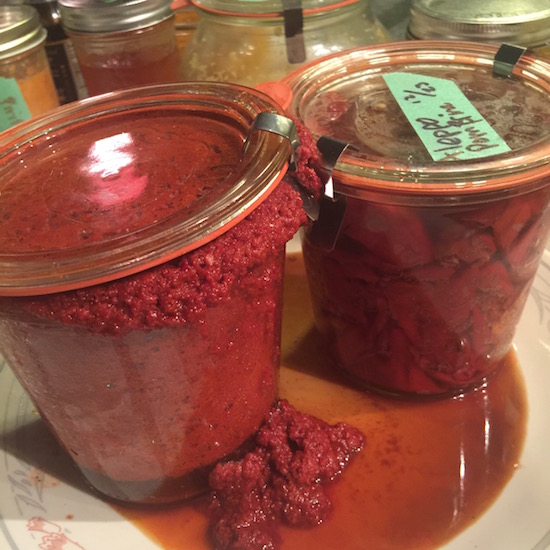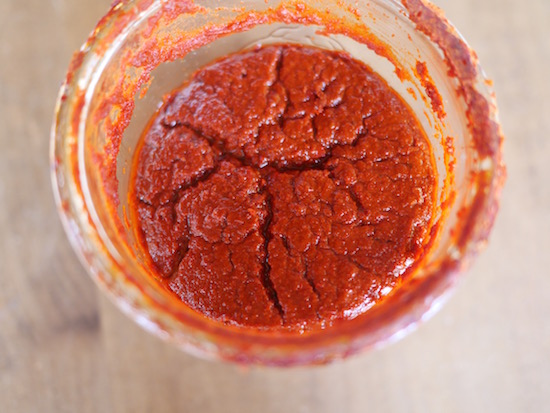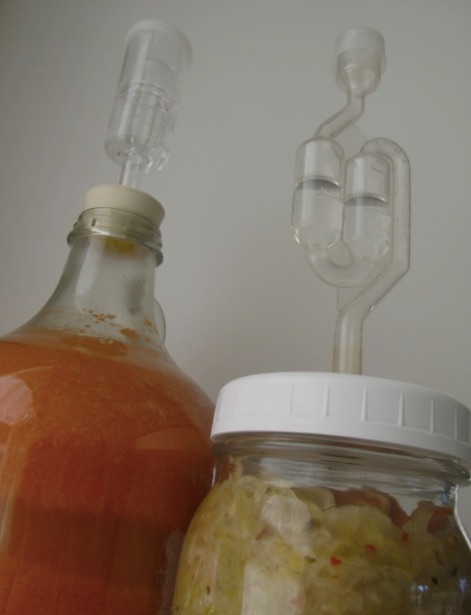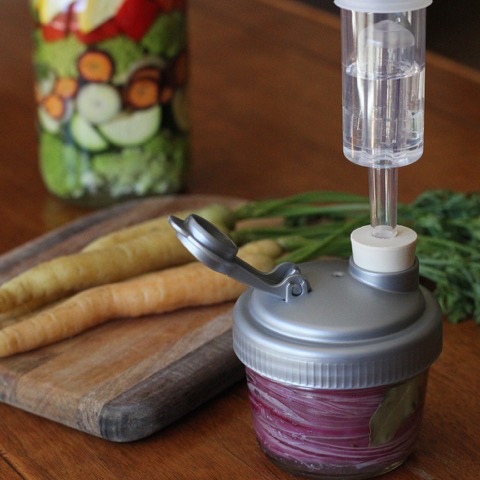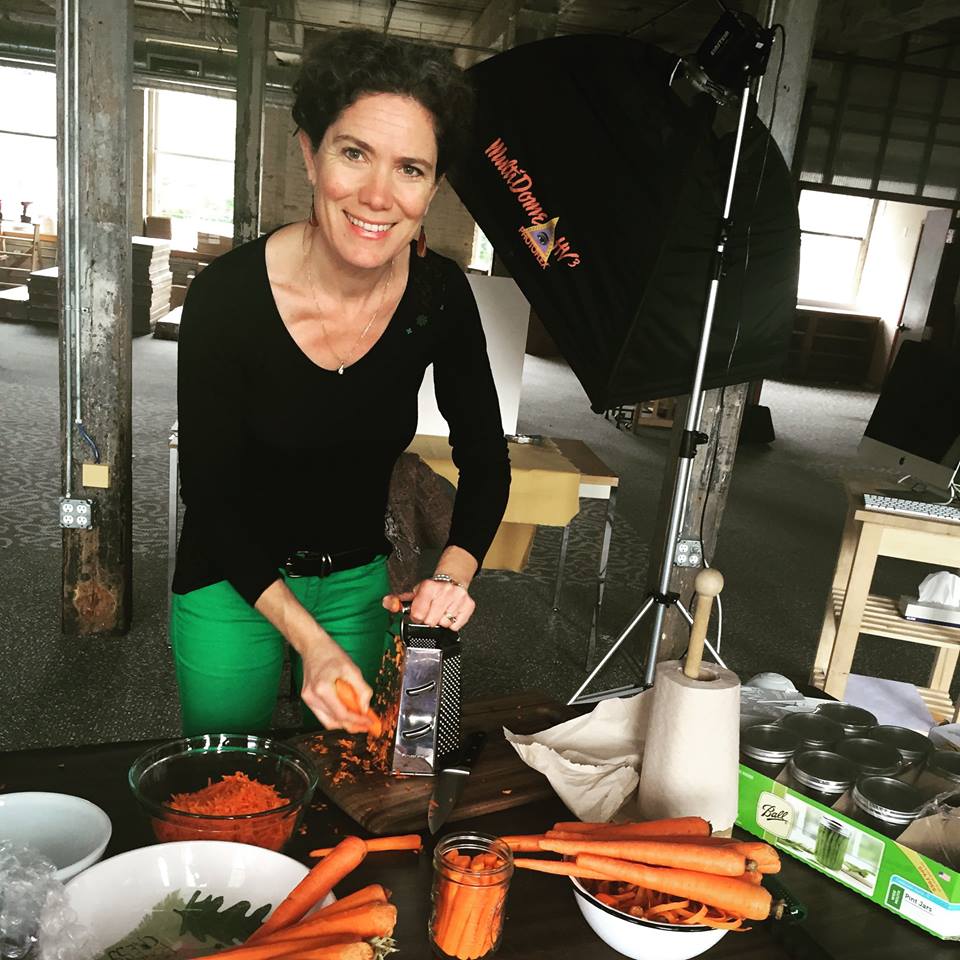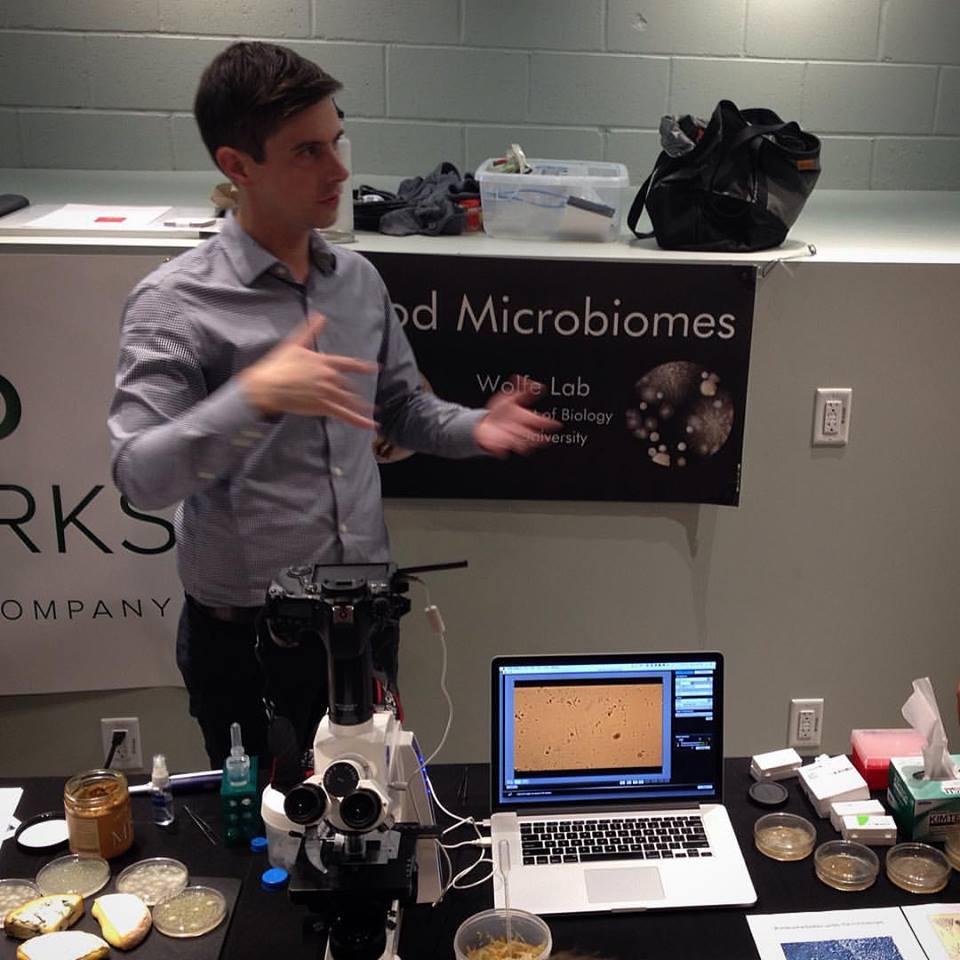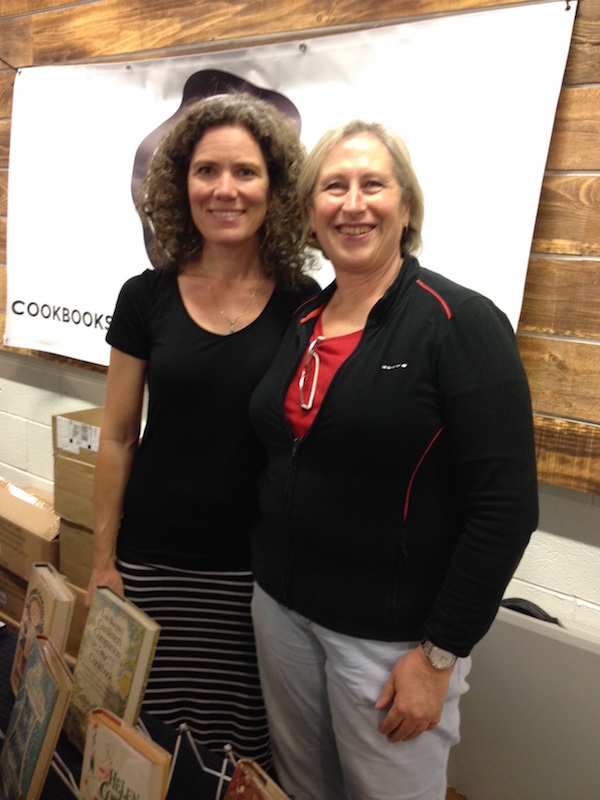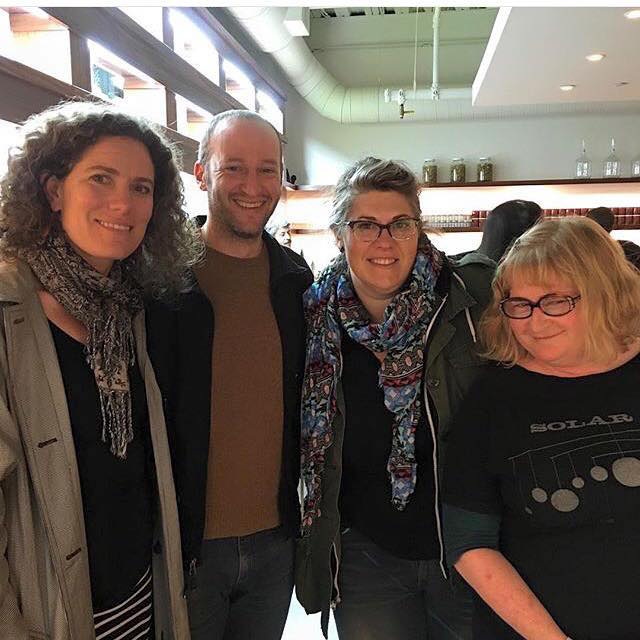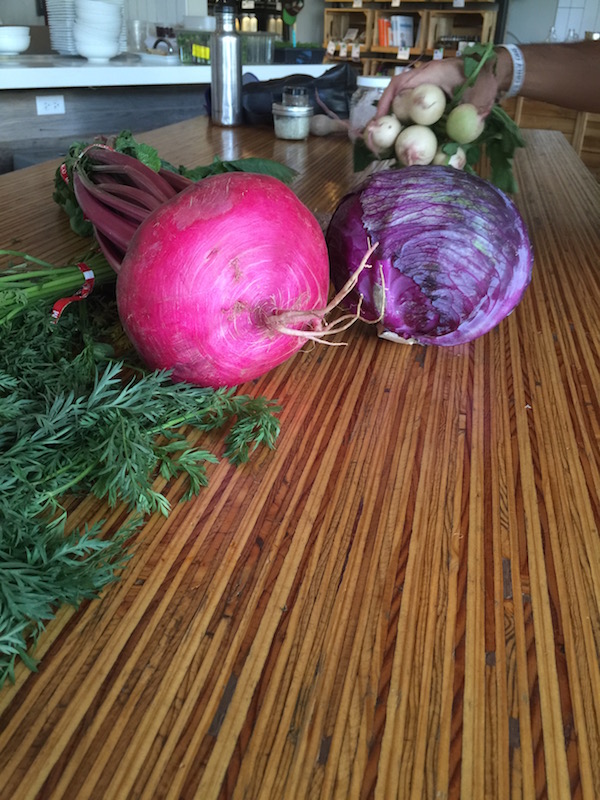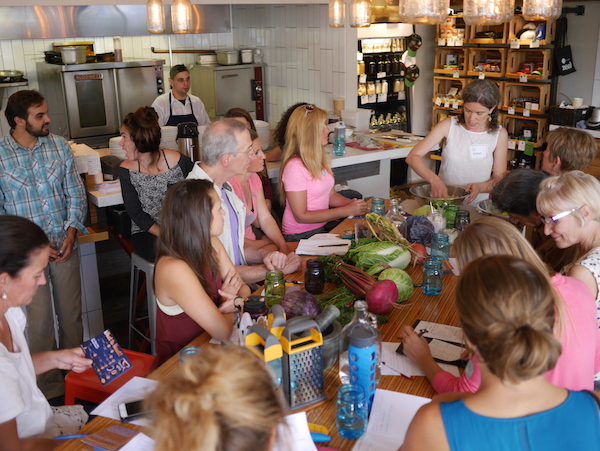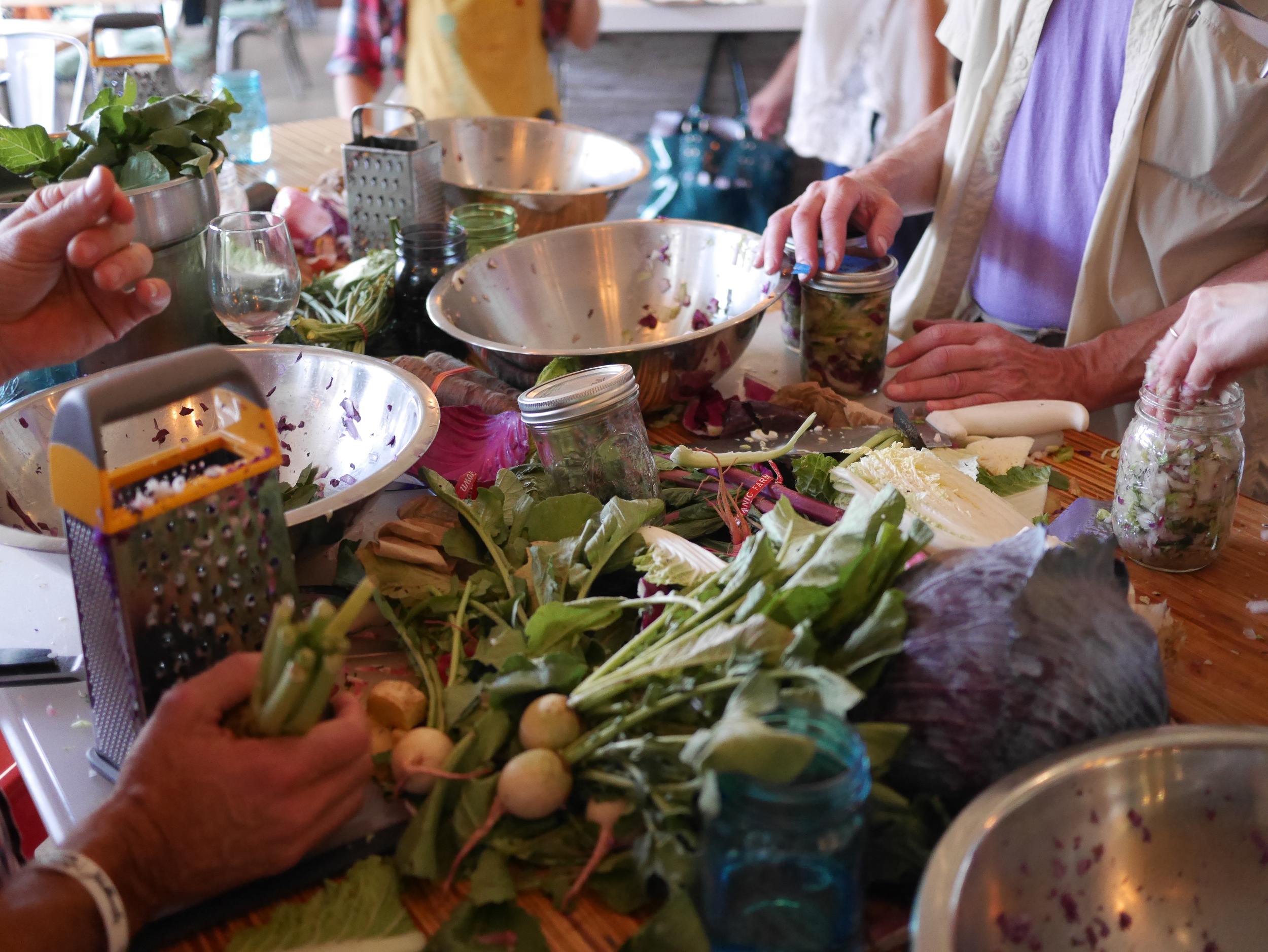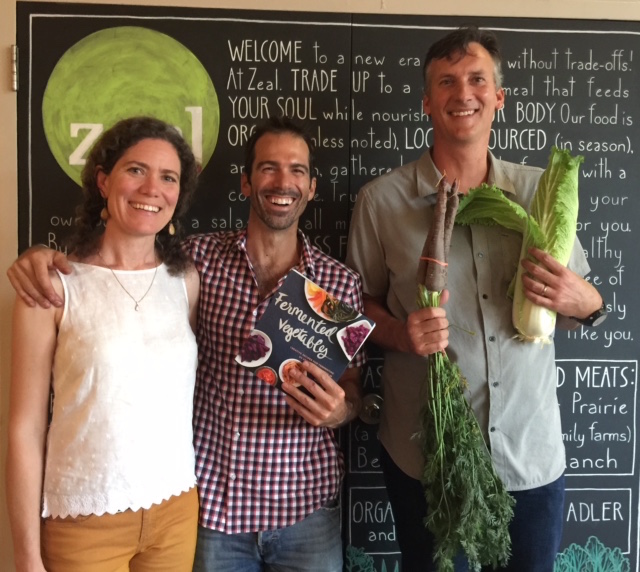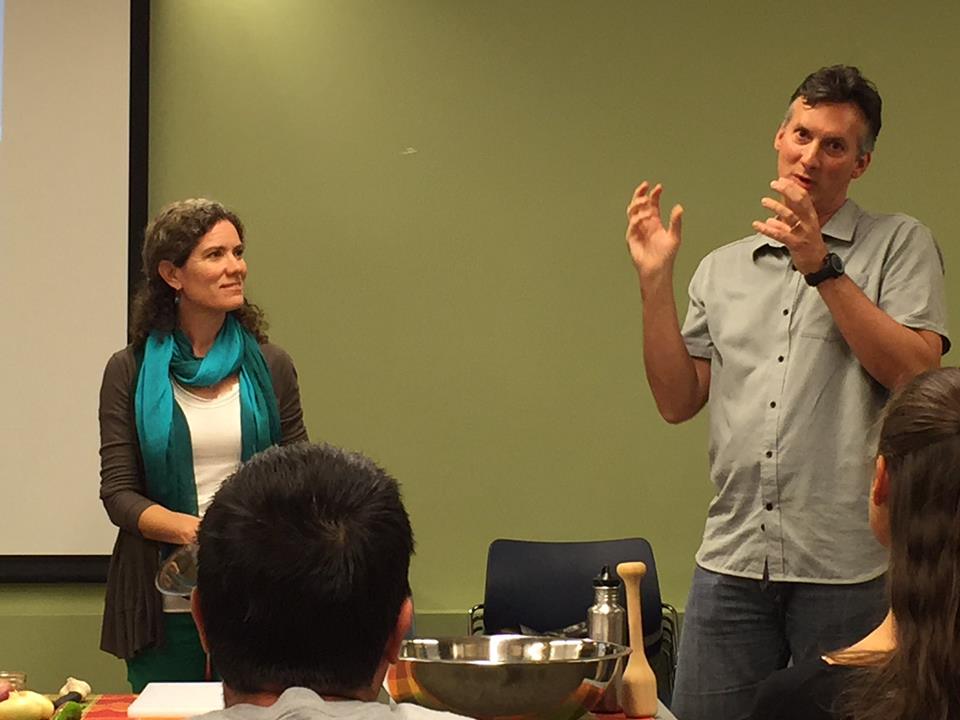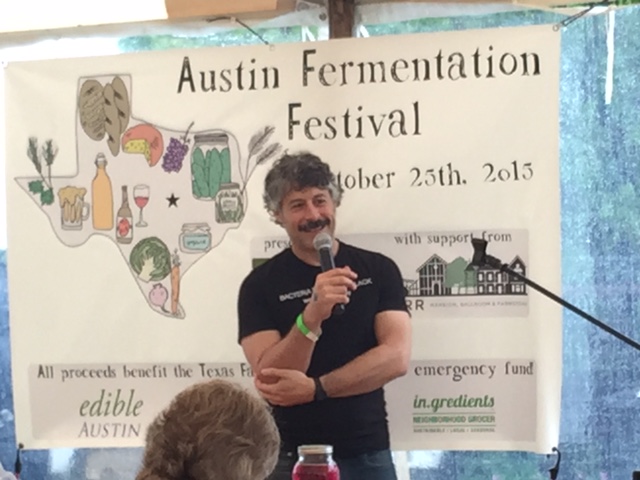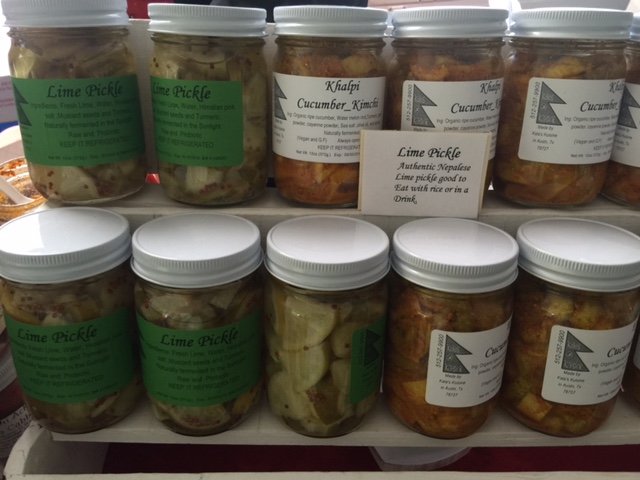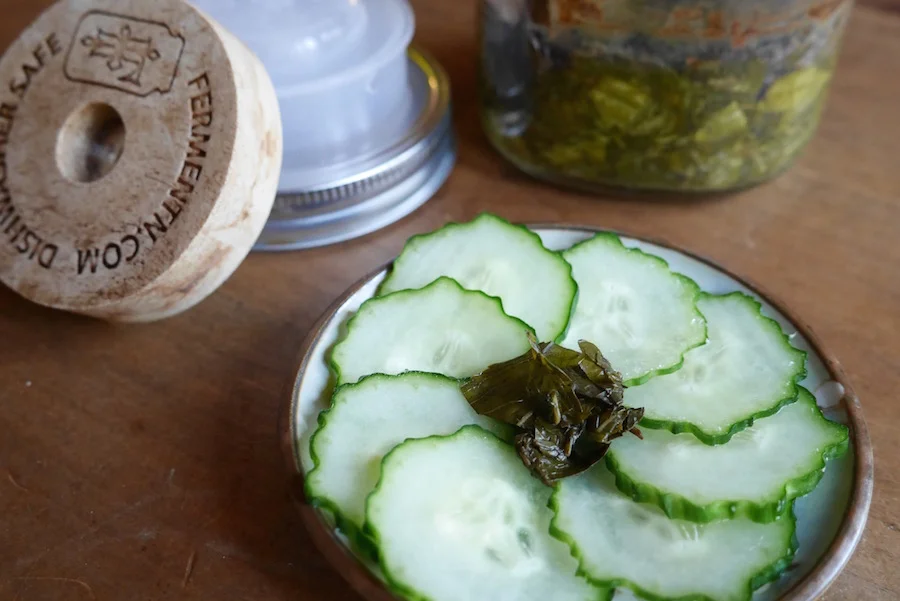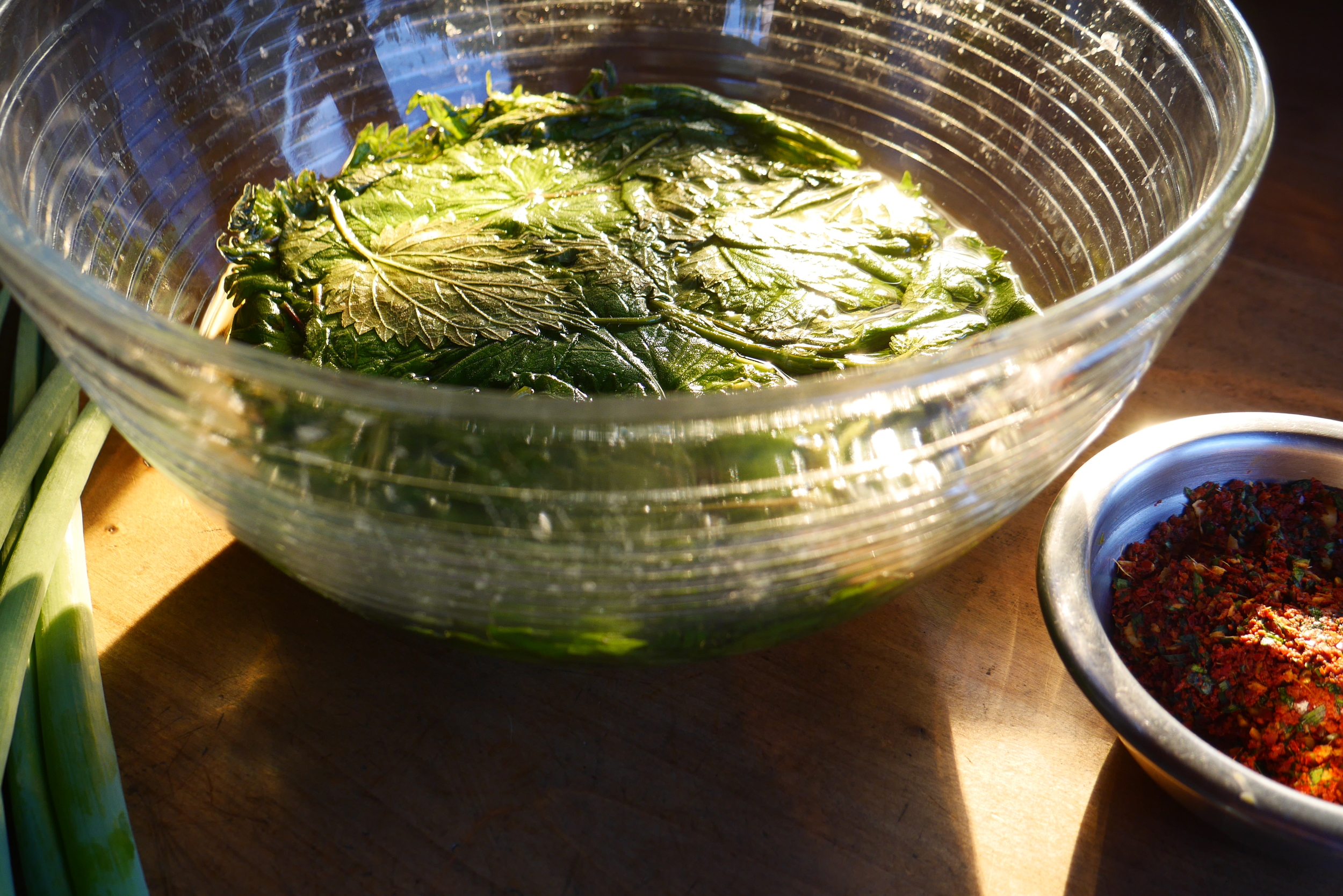Updated: February 15, 2021
This post was first written when the fermentation community was anticipating a “big kid” magazine. All of us in the community thought we were growing up, hitting the big time. This new magazine —a visually evocative, sensually stimulating magazine called CURED crash-landed with just one issue. Just one issue! At its heart was food preservation—you know, the stuff we geek out about all the time. Its focus was to be how humans have kept their food nutrient-rich, available and (hopefully) flavorful through the lean times, whether for surviving the next season or for a long journey. Fermentation was a big player in this new publication’s look at these ancient techniques through science, art, culture and travel.
Why am I leaving this post up? Partly to archive what this dream looked like. I think for the most part the existence of CURED exists only in the minds of those who were involved. The folks at Ogden Publications, who have given us Mother Earth News Magazine, for around half a century also tried.
Fermentation described itself as a premium quality magazine that covers the history, production, uses, science and health effects of fermented foods across cultures and generations. Content will include in-depth cultural and scientific histories, newsworthy and noteworthy current events, profiles of noteworthy fermented food creators, recipes for using fermented foods, instruction for creating fermented food safely, instruction on procuring or isolating appropriate microbial cultures, instruction for creating or procuring appropriate tools required for making your own ferments. The magazine will satisfy the needs and curiosities of beginners through advanced practitioners and will provide the reasons and science behind the ferments to the entire audience. Kirsten and many of my colleagues were on the advisory board. Again we applauded this step for the community.
This effort lasted for four information packed issues. Then Covid-19 hit and suddenly it was gone.
Okay, let’s go back in time to this post and meet its editor, Darra. Darra incidently is still doing wonderful things and her latest book Beyond the North Wind has a wonderful chapter on Russian fermentation. (Remember it started with feeling like big kids.)
…I want you to think about this for a moment because this is a milestone. We’ve hit a point where we have got a lush magazine (as in heavy paper and jaw dropping visuals) being launched by an established media company, Zero Point Zero Productions (who has given us Anthony Bourdain: Parts Unknown and Mind of a Chef) with a strong editor at the helm—Darra Goldstein. Darra is an award-winning cookbook author, world-renowned food scholar, and founding editor of Gastronomica.
Darra Goldstein photo by Stefan Wettainen
Recently, Christopher and I had the opportunity to talk with Darra in a delightful conversation that meandered through time periods. Darra effortlessly guided us from a late 19th century banished Russian nobleman who observed that “sour” foods kept the peasants healthy to the modern allure of the bright packaging of industrialized food juxtaposed with the rediscovery of these ancient techniques having a certain luxury associated with them.
After the New York Times article (about CURED's debut) was published, Darra’s inbox lit up with email from folks all over the country who told her about their regional fermentation groups. She said, “there is an interesting subculture that is no longer marginal; it is really out there. Preservation has become much more mainstream but there is still a lot more to discover, particularly about other traditions of fermentation throughout the world.”
From our conversation we got a sense that it is this discovery that moves Darra. She is excited by the opportunity with CURED to take the DIY movement to a deeper level by bringing to the table the stories behind our preserved foods. CURED will seek to choose foods that we may or may not still eat and ask, what is the culture that surrounds it? What is the lore? What are the exigencies? How were these things created?
So what do we have to look forward to? Darra shared a sampling of some of the voices that will be heard. "There will be a wonderful article by Moises Valasquez-Manoff looking at the gut microbiome and probiotics. He went through many studies to try to determine if there is quantifiable scientific evidence and," Darra said, "everything points to something pretty intriguing."
There will be articles exploring Asian fermentation such as Japanese Zukemono, and a profile piece on Los Angeles chef Kwang Uh, whose kitchen uses a strong dose of fermentation, and there will be a piece on persimmon vinegar (can't wait to see that myself) by Edward Lee.
We had to ask, will there be recipes? While CURED is not a recipe-driven publication it will have recipes. "Recipes," said Darra, "are an important part of the story. A recipe tells the story in a different format and is like a continuation of the narrative that precedes it." All of the recipes are tested in CURED’s test kitchen in NYC but that doesn’t mean they will all be the centerpiece of your next dinner party. In part because some may not conform to the modern palate and in part because as we all know, fermentation doesn’t always conform to a consistent recipe.
She shared a wonderful example of a recipe by food historian Charles Perry for a medieval Persian cheese. In ancient Bagdad, yogurt and salt were added to milk that was then left on the roof to cure in the summertime. It works perfectly in Los Angeles, where the humidity is low. On a rooftop in NYC the summer humidity causes this to behave quite differently. And at Darra’s home in rural Massachusetts where the humidity is lower it is different yet again—but that is the wonder and beauty of it of it all now isn’t it?
Head over to CURED and put your name on the list to find out when it can be ordered. We sure did!





